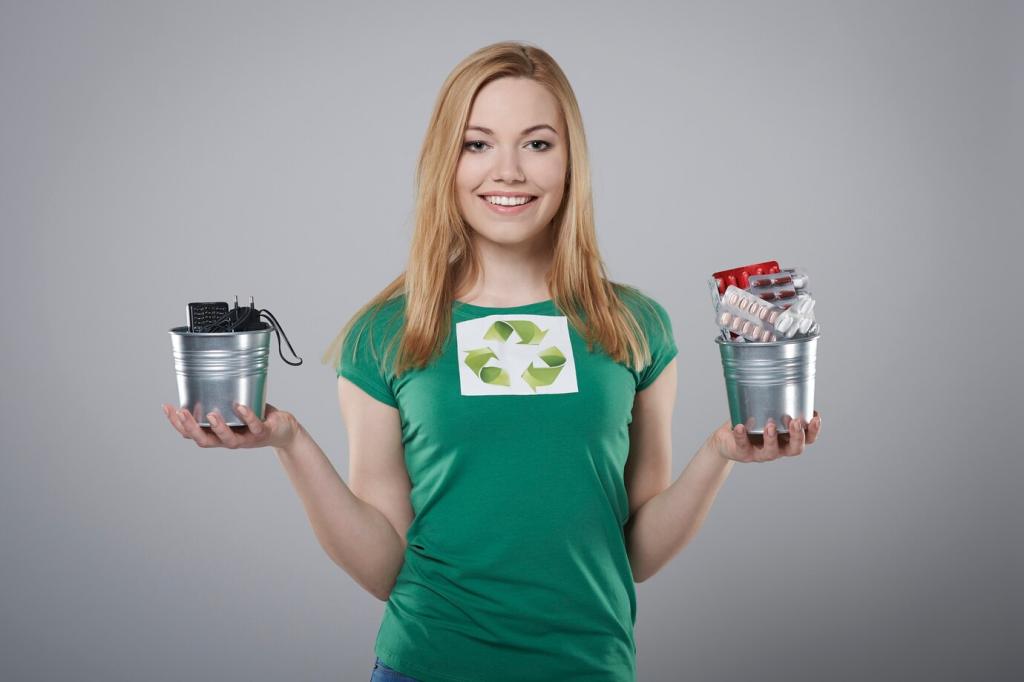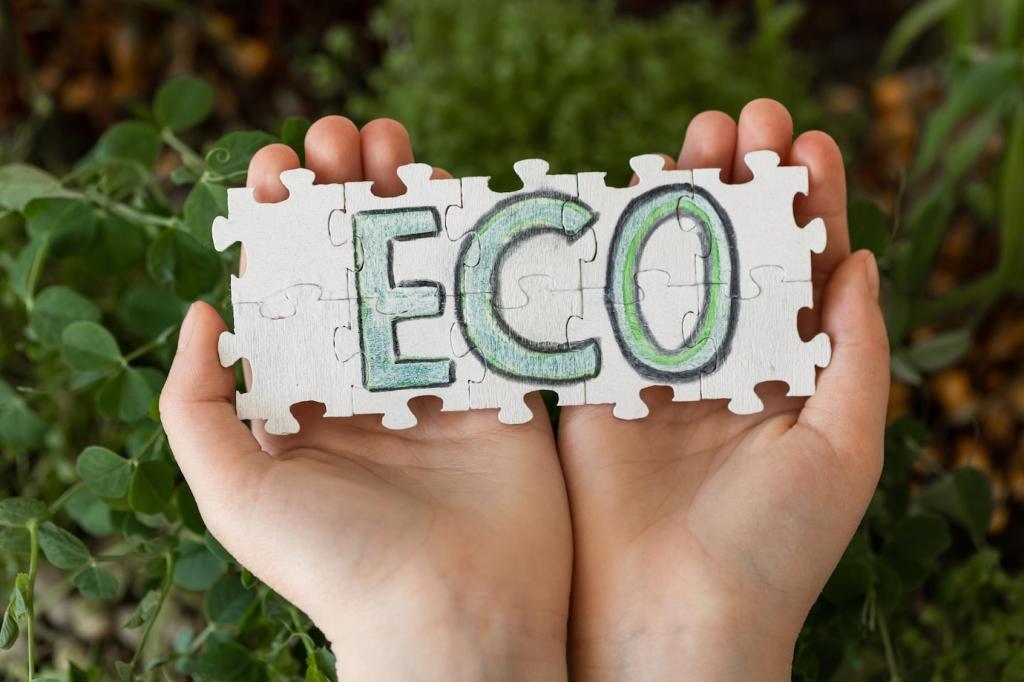Foundations of Sustainable Upholstery Care
Read care codes (W, S, WS, X) and know what you’re cleaning. Natural fibers like cotton, linen, and wool behave differently from polyester or acrylic. Favor certified textiles (OEKO-TEX, GOTS, Greenguard) and always spot test in a hidden area before committing to any method.
Foundations of Sustainable Upholstery Care
Blot with cold water and a microfiber cloth before reaching for cleaners. pH-neutral soap, patience, and airflow solve more problems than bleach or harsh solvents. My neighbor Mia saved her vintage velvet by slow blotting, not scrubbing, then letting time and ventilation finish the job.




